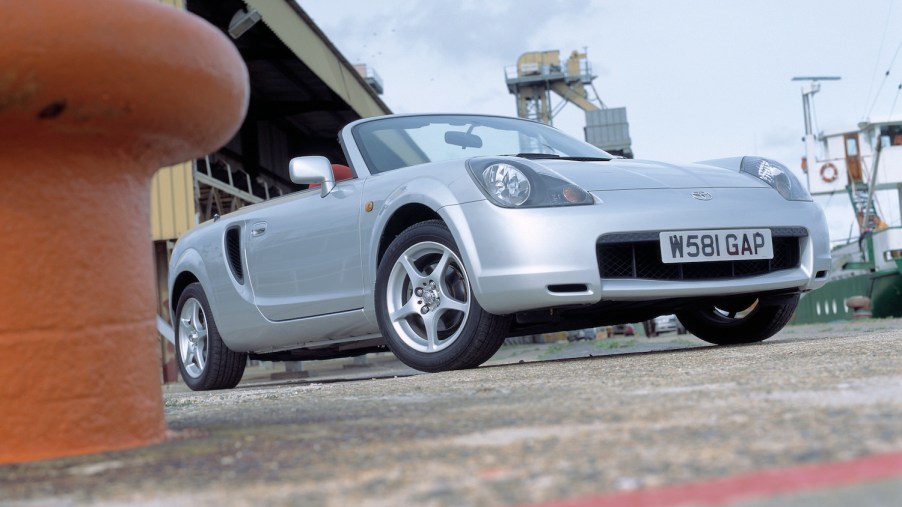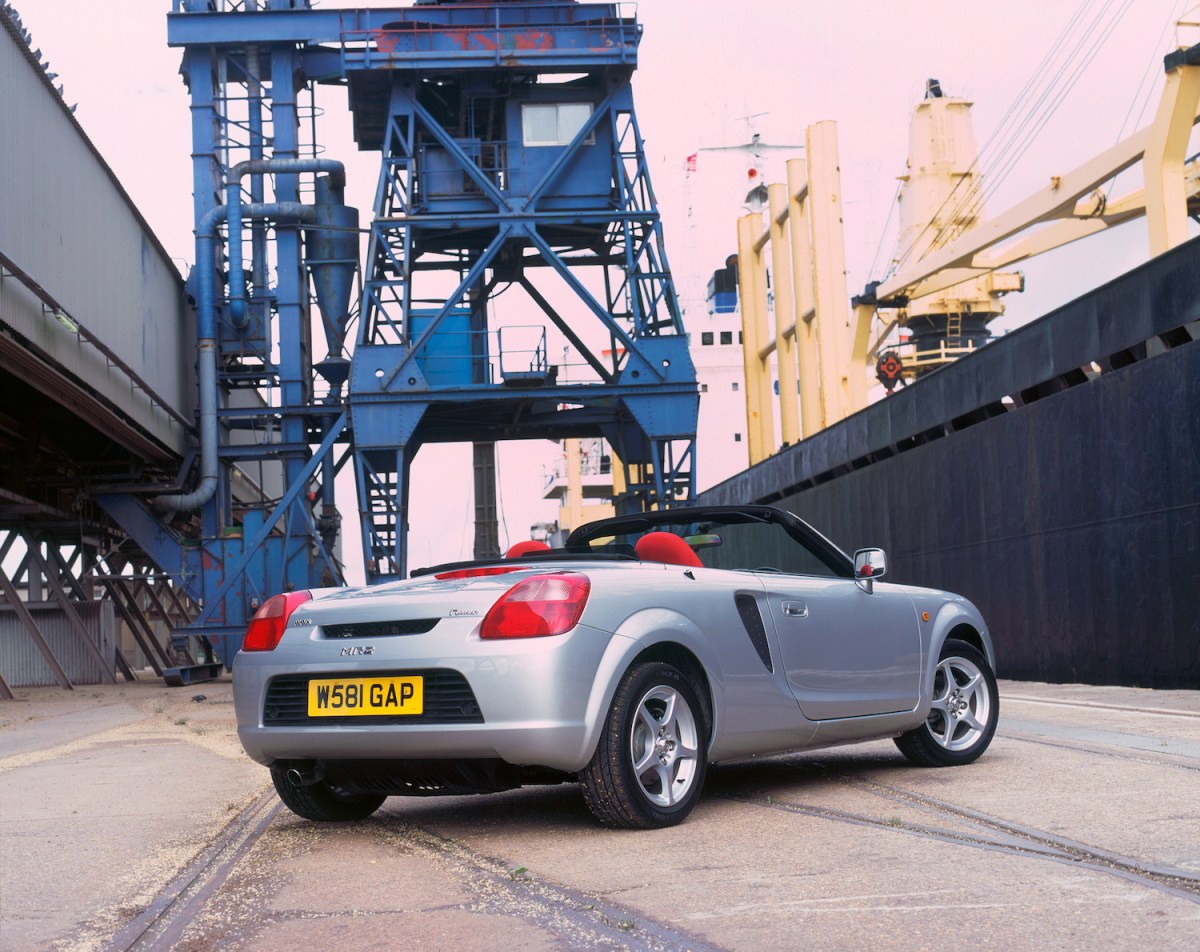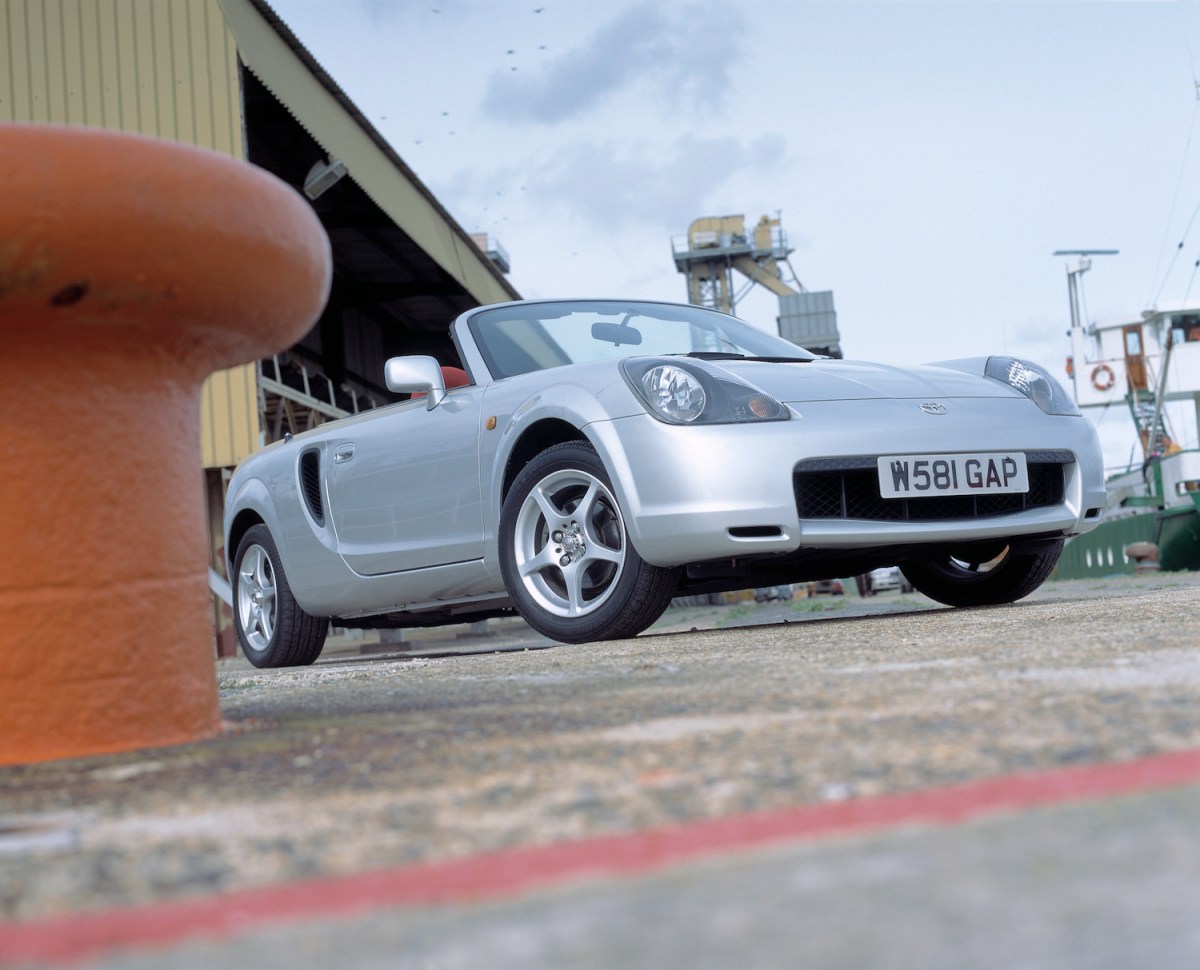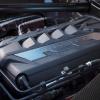
The Best Way to Get Power Out of a Toyota MR2 Spyder
If you ever get the chance to drive a Toyota MR2 Spyder from 1999-2007, jump on it immediately. It’s a nimble little mid-engine, rear-wheel-drive convertible sports car that weighs just 2,200 pounds. The MR2 is certainly not devoid of flaws. Aside from a squirrelly rear end, its engine can be difficult to work on due to the tight space in the engine bay. An inherent weakness with the exhaust prevents it from whole-heartedly adopting that famous Toyota reliability. Fortunately, there’s a way to fix that issue while increasing power.
What about the Toyota MR2 needs improvement?
The stock third-generation MR2 came with the ZZW30, a 1.8-liter inline-four making about 140 horsepower mated only to either a 5-speed manual or sequential manual transmission. The power was adequate for the size of the car, but the engine suffered from a substantial defect in the exhaust. The engine used ceramic parts in its pre-cat system that could break apart over time and cause severe engine damage. Toyota’s ZZW30 also burned oil in abundance. Aside from that, the only transmission worth getting for the Toyota MR2 was the 5-speed manual due to reliability issues with its sequential manual transmission.
How to give the Toyota MR2 more horsepower
Engine bay space is a problem with the MR2. Fitting turbos onto the stock motor may present issues only resolved by dramatic chassis fabrication. In a 2,200-pound convertible car, chassis fabrication could impact structural rigidity. If you’re trying to get more power out of an MR2, try and solve as many problems as you can in the process. If the engine bay space is tight but chassis fabrication doesn’t bode well for structural rigidity, opt for a small engine that can last forever with minimal maintenance. Luckily there are a few engines small enough to fit, make more horsepower, and are more reliable.
Toyota 2ZZ-GE vs. Mitsubishi MIVEC A612

Swapping a Toyota 2ZZ-GE inline-four from a seventh-generation Celica into the MR2 Spyder is common for owners who want 200 horsepower in a compact engine. It’s reportedly reliable but doesn’t handle forced induction all that well, presumably due to its 11.5:1 compression. It’s an all-aluminum engine with dual overhead camshafts and can make up to 260 horsepower depending on what car it came from. This is a solid, safe swap that’s been done many times, and there is a lot of literature covering it.
However, don’t be afraid to get creative. Another swap to consider is a small, lightweight V6, like the Mitsubishi MIVEC A612. It’s an all-aluminum 2-liter V6 that makes 200 horsepower. Both the 2ZZ and A612 are comparable in weight, with the MIVEC barely edging a higher weight class. Some owners want to keep it within the family and swap a 2GR-FE V6, which makes at least 236 horsepower. However it’s much larger at 3.5-liters, so it might be more difficult to fit.
Be careful with a turbocharged Toyota MR2

Embracing a V6 typically means more low-end power, and avoiding forced induction keeps it predictable. A turbocharged MR2, depending on the equipment, could make the car more difficult to control once the boost kicks in. Mazda makes a small aluminum V6 as well, as part of its K series engines. eBay has them for sale for around $600. Whichever engine you get, make sure it’s built to handle the high revs that come from a manual-transmission car.


